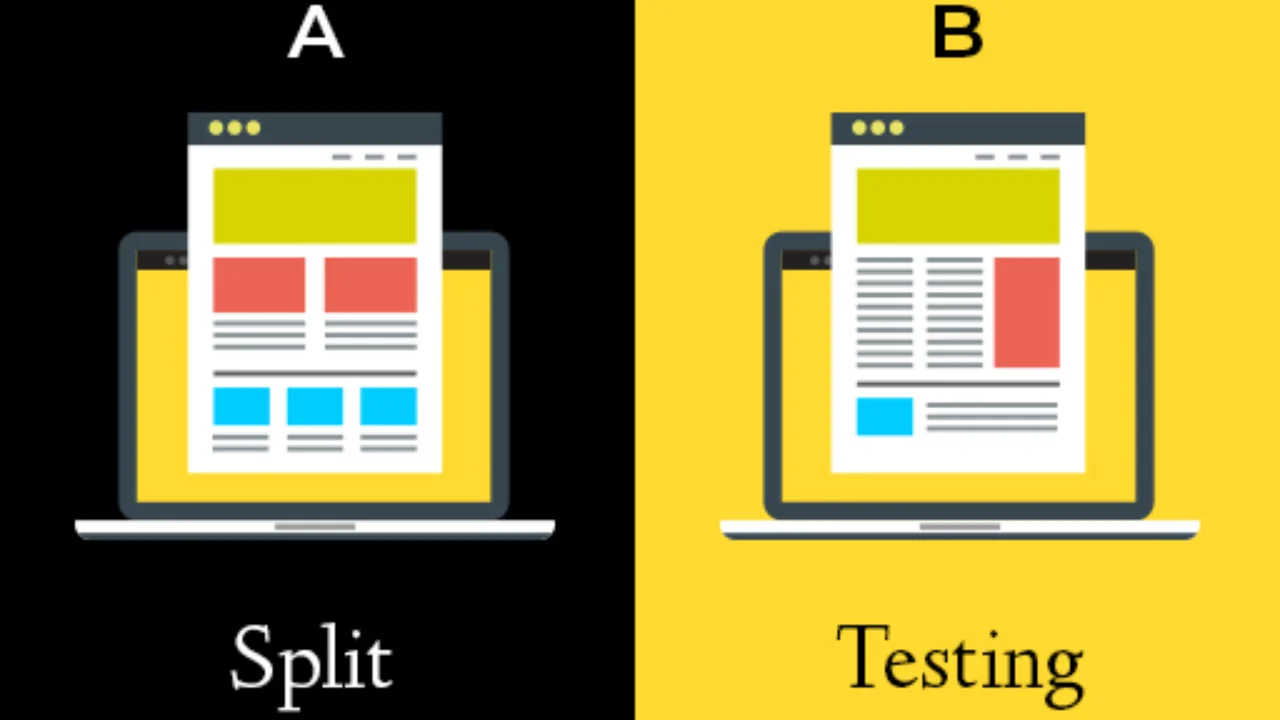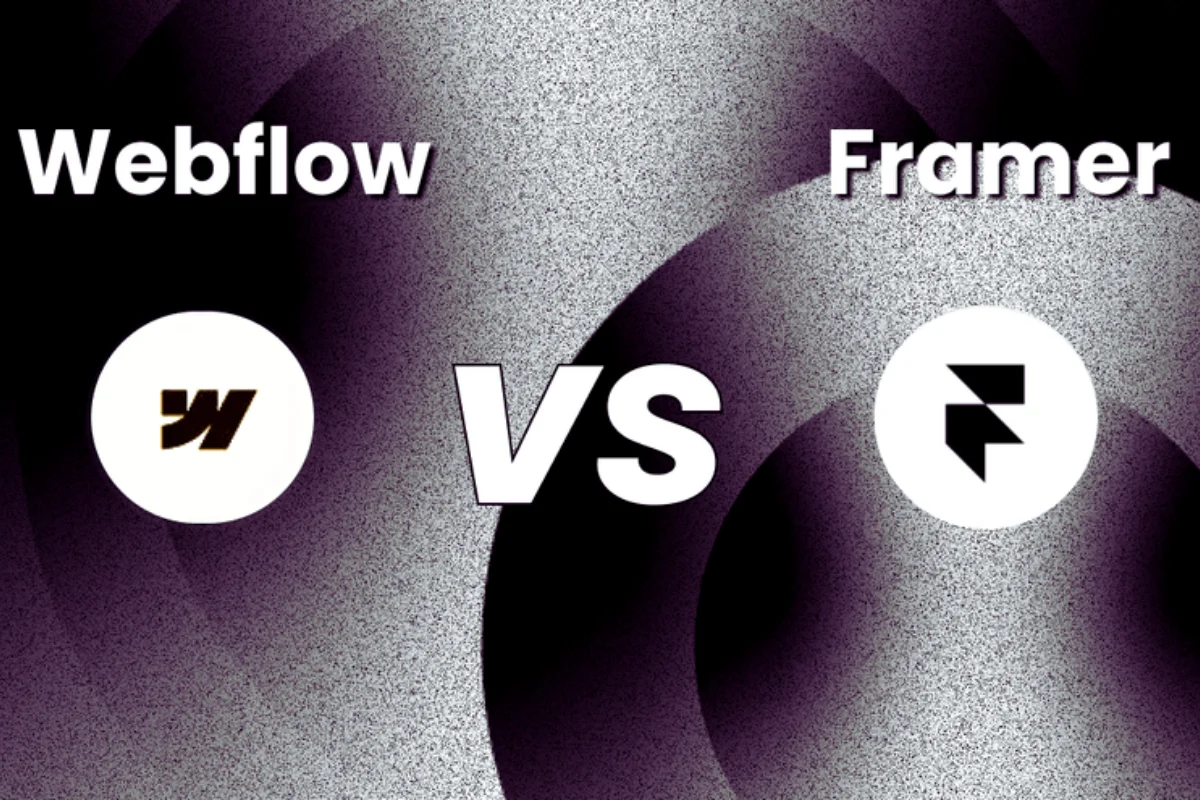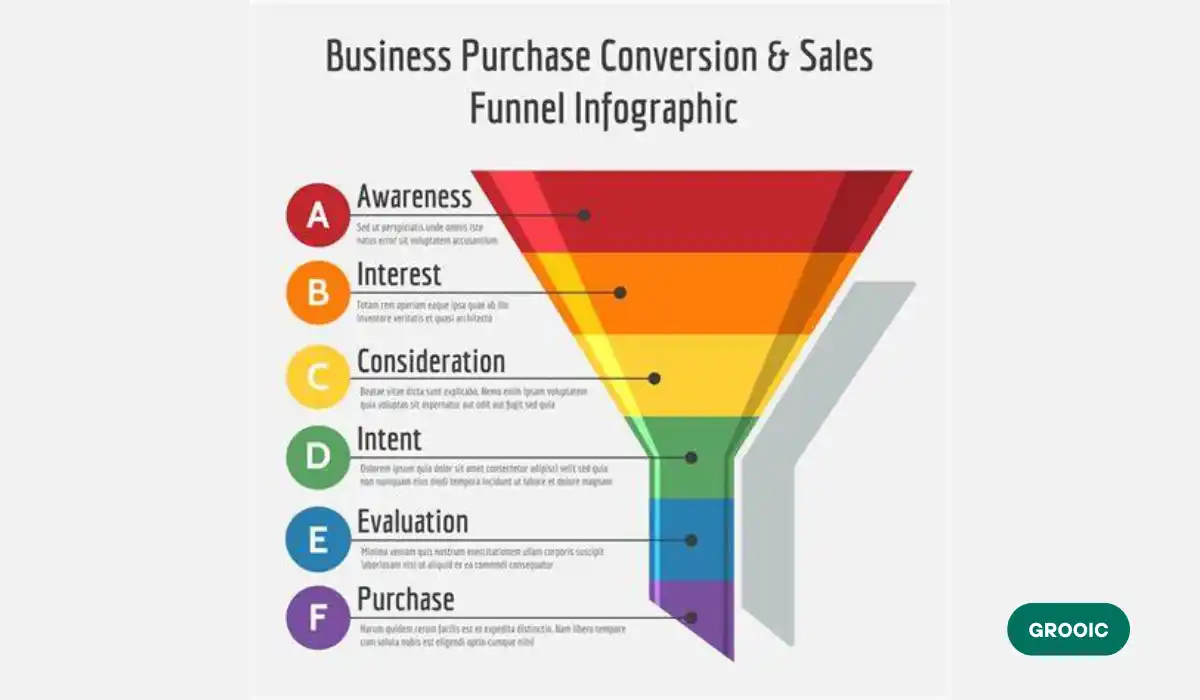You want to know how successful your website is in converting visitors to customers?
This method is A/B Testing in CRO (Conversion Rate Optimization) can help you determine what works most effectively to attract more sales on your website,in use since the beginning of online marketing for over twenty years.
Table of Contents
A/B Testing CRO Conversion
Conversion Rate Optimization is the strategy most likely to turn your visitors into customers. How will you know what is working for your conversion rate optimization? Here is where the A/B testing enters the field.
A/B testing full form, or split testing, has no full form. As suggested by the name itself, it is a reference to a method where you create two versions, A and B, of a webpage or an element to know which one achieves higher results for a particular goal. We can get 2 different types of websites to differentiate from one to another.
Just picture it as a scientific experiment running on your website. You build two versions of a webpage, A and B version. They are different in different characteristic button or headline colour, form layout, font etc.
Show them to different random website visitors. After collecting the data, you can then analyse which version generated the most interactions. Grooic LLC is there to provide the best A/B testing to grow the business from ground level to million dollar business.
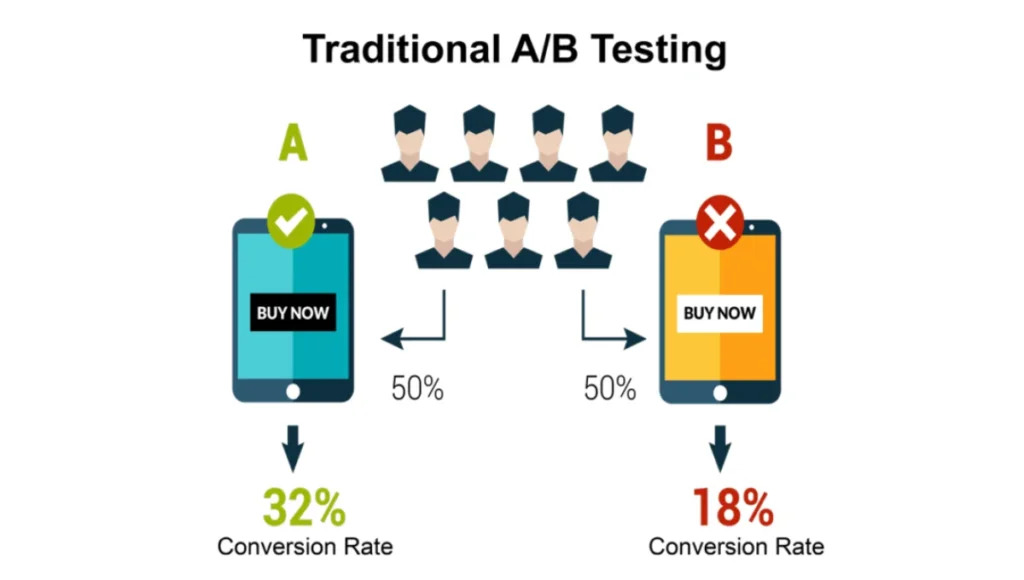
Many more changes. A/B testing is never over. You will always be able to test other elements and tweak them to a maximum conversion rate. Gain the power of A/B experimenting and your website’s potential, converting viewers to customers expansion contribution.
Benefits of A/B Testing for Conversion Optimization
A/B testing is important when it comes to examples of conversion rate optimization. It enables businesses to test two different versions of a web page or application to ascertain which one converts better.
When it comes to critically comparing things like,
- Headlines,
- Images and
- Call to action buttons.
Companies can learn what appeals to their ideal customers and leverage it to make informed choices to increase their conversions.
| Benefits of A/B Testing for Conversion Optimization | Outcomes |
| Improved Conversion Rates | Increased revenue |
| Data-Driven Decisions | Reduced bounce rates |
| Better Understanding of Audience | Enhanced user experience |
| Continuous Optimization | Higher customer engagement |
Common A/B Testing Mistakes to Avoid
We can Follow some rules to get the best result out of our test and get information or results about how to conduct A/B tests for better conversions and CRO Definition.
| Mistake | Explanation |
| Not Defining Clear Objectives | Before starting an A/B test, make sure to clearly define what you want to achieve. This helps in focusing efforts and measuring success. |
| Ignoring Sample Size | Ensure your sample size is large enough to provide meaningful results and avoid drawing conclusions from insufficient data. |
| Not Segmenting Traffic | Segment your audience wisely to understand how different groups respond to changes, ensuring insights are relevant and actionable. |
| Ignoring Statistical Significance | Don’t overlook statistical significance, it indicates whether differences in results are likely due to actual variations or random chance. |
| Changing Too Many Variables | Limit the number of variables you change in each test to accurately identify what drives the observed differences in performance. |
| Relying Solely on Tools | While tools can aid in A/B testing, don’t solely rely on them; incorporate human insights and judgement to interpret results effectively. |
Failing to Calculate Sample Sizes: Another frequent mistake is not estimating one’s sample size once reached as this may also result in an inconclusive test result. By having an insufficient number of people involved in an experiment, one decreases the power of its results and the ability to interpret them correctly.
Failing to calculate sample size may lead to testing failure due to the inability to detect a relevant difference between the two versions.
Lack of variability consideration: Variability is another factor that plays a major role in data comparison and differences. Usually, this part is excluded and the majority of test differences are wrongly defined and resolved.
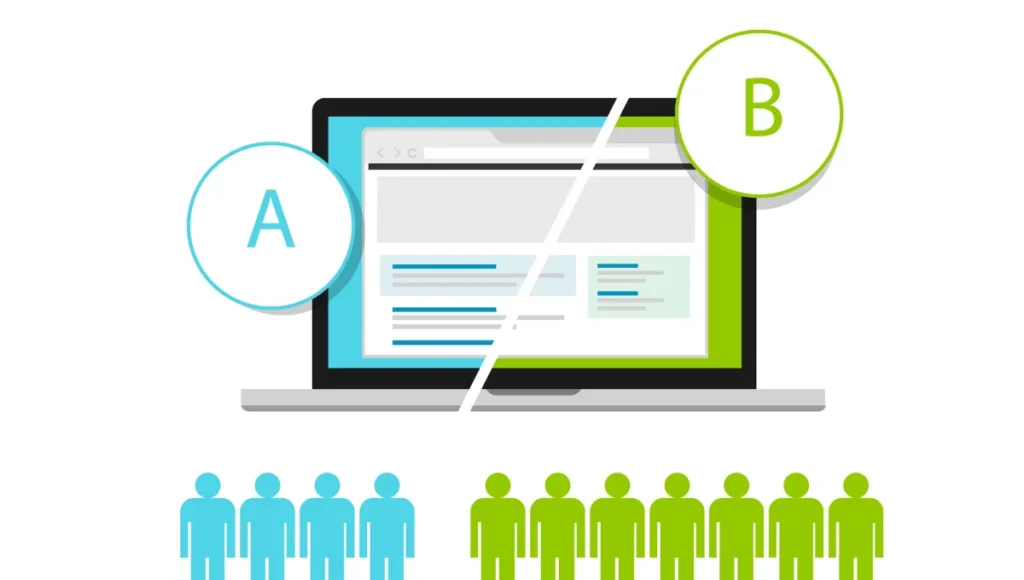
Multiple comparisons problem: In many cases, as mentioned above, many minor modifications or versions are tested altogether increasing the chances of identifying false positives.
Multiple comparisons can be resolved by standard significance level adjustments like the Bonferroni correction, which will help to maintain the overall error rate and a more accurate interpretation of the experiment’s findings.
Biassed sample selection: The results of A/B testing could have severe bias without including a representative sample. If the testing groups are too significantly distinct and naturally different, for instance, due to self-selection or only focusing on specific subgroups, the findings could be highly affected and eventually make unreliable decisions.
Randomization and unbiased sampling should be used to minimise the risk of biassed findings.
Interpreting A/B Test Results for Data-Driven Decisions
To get better results we need to know about the tools to test and learn about the usages and we can develop the best a/b test to boost the business from zero to million dollar business giant.
| Metric | Interpretation |
| Conversion Rate | Higher conversion rate in Variant A indicates better performance. |
| Average Revenue Per User | If Variant B shows higher revenue per user, it’s more profitable. |
| Statistical Significance | Ensure p-value is below chosen significance level for reliable results. |
- Google Optimise: User-friendly interface and easy access to additional insights through seamless integration with Google Analytics.
- Optimizely: An all-around platform for all kinds of A/B testing that includes personalization and top of the line analytics solutions.
- VWO: Inbuild creation of A/B tests via visual editor and complex overview reports.
- AB Taste: Various experimentation and personalization tools with advanced targeting options.
- Unbounce: Mainly focused on landing pages testing and optimization, offering a drag-and-drop tool for creating tests.
- Split.io: Targeted mostly at feature experimentation, this solution may help your team test and release news features safely.
- Crazy Egg: Apart from A/B testing, provides heatmaps and user recording to allow for more in-depth user behaviour analysis.
- Adobe Target: An A/B testing module from the Adobe Marketing Cloud suite. Besides standard A/B, the tool supports multivariate testing and personalization.
- Convert: A simplified but feature-packed tool, which allows for A/B, multivariate testing and personalization.
- Leanplum: Mobile platform mainly focused on A/B testing for mobile applications. It also offers experimentation and personalization.
Now we can discuss about the Data-Driven Decisions of a/b test,
Statistical significance: Properly reading A/B test outcomes includes comprehending statistical significance. It implies that the observed differences are due to true distinctions rather than coincidence. Some significance levels are required to see actual outcomes rather than defects.
Effect size measurement: Apart from statistical significance, measuring effect size indicates how large or little the observed differences are. The usage of effect size indicates the impact of changes on the A/B test.
Segment analysis: Different user segments respond differently to the A/B test. For example, the performance of a variation for different demographics or user behaviour reveals the way to make targeted decisions.
Long-term impact: Explanation has to take the consideration of what does the A/B test results mean in the long term. Considering sustainability and scalability helps ascertain that decisions are in line with business goals and strategy.
A/B Testing Explained
A/B testing , also known as split testing, compares two versions of a web page or app. This comparison is a pattern known as A and B, and the users compare the two to determine which performs better.
A/B testing is an important part of your data-driven decision-making process. The method provides you with insight about your audience’s experiences and inferences on their preference and behaviour.
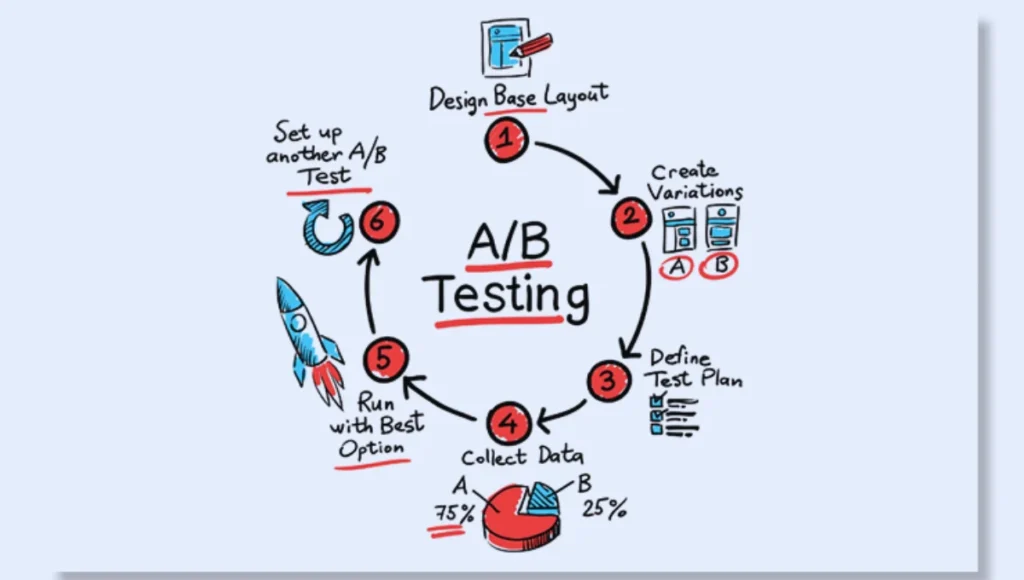
The method tests one variable, which influences your audience’s scent and compares two AA and AB trails.
A/B Testing Statistics
Understanding statistical significance is critical because it enables one to measure whether the A/B test results are relevant. Significance helps to determine if the differences observed could have occurred by mere chance or if they are significant enough to point out actual differences.
Significance is measured in p-values, which are ideally below 0.05 for results to be considered relevant. If the p-value is less than 0.05, the results cannot have occurred by chance, which means that the variations are different, with one performing better than the other.
However, in addition to determining the significance, one also needs to consider the effect that these differences represent. According to the author, effect sizes are crucial because one may find a statistically significant difference, but in practical terms, the difference could be irrelevant.
Understanding these terms is important for A/B test results accurately.
| Metric | Description |
| Conversion Rate | The percentage of users who take a desired action |
| Sample Size | The number of participants in the test |
| Confidence Level | The probability that the results are reliable |
| Variance | The spread of data points from the average |
| Statistical Power | The likelihood of detecting an effect if it exists |
| P-value | The probability of obtaining results at least as extreme |
A/B Testing in Marketing
A/B testing is commonly used in marketing practices to improve the performance of any campaign overall, including website design, content of emails, ad copy, or call-to-action buttons .
Through systematic testing of each version of the same parameter, marketers determine which variable is converted, clicked, or performs better, which is boosting the effectiveness of marketing investments.
A/B Testing Marketing Examples
Another marketing test of A/B testing in marketing is the landing page of a site. A marketer may wish to try different landing page variations with different,
- Headlines,
- Images or
- Call-to-action buttons to see which combination has the highest Website Conversion Rate Improvement Tactics.
For example, the headline “ Book your dream vacation now” on a travel website is a better performer than “Plan your next getaway today.”
A/B testing in marketing is widely applicable to various areas, including website layouts, email campaigns, ad creatives, and many more.
For example, a retail brand may A/B test where to position its images on the homepage to see which would get more clicks. Likewise, an e-commerce business might run an A/B test for its email subject lines to see which ones get more opens, engagement, and conversions.
Email marketers use A/B testing just as frequently to enhance their email campaigns. They experiment with,
- Subject lines,
- Email designs,
- The sender’s name, and many other variables to discover which ones generate the highest open and click-through rates.
For instance, the B2C company may A/B test the subject lines “Don’t Miss Out! Limited Time Offer Inside!” and “Exclusive Deal Just for You, Shop Now!” to determine which one is more engaging.
How to Do A/B Testing
A/B testing allows marketers to turn their marketing campaigns and strategies for conversion rate optimization into data-driven efforts that result in the best and most effective strategy. Thus, to efficiently perform A/B testing, you need to start from clear objectives. Then identify the variables that you can test. Such as,
- Headlines or
- Button colours.
After that, design the differences for each element. The next step is to randomly divide your audience so that nobody sees two versions. Then test your tracking according to statistical significance and pick the best one. Regularly iterate and enhance your work based on data-driven conclusions.
| Step | Description |
| Define Objective | Clearly state what you want to test and why. |
| Choose Variations | Create different versions of your content or design. |
| Split Audience | Divide your audience randomly to receive each version. |
| Analyse Results | Compare the performance of each variation. |
Here is some A/B testing topics to know about,
- Identify goals: Be specific about what you aim to test using the A/B approach; do you want to improve conversions, click-through rates, or engagement?
- Choose the variables: Decide on the components you want to test, whether the headline, image, colours of buttons.
- Create the variations: You should come up with different versions of what you are testing and they should be well defined for comparison purposes.
- Split traffic: You can now split your traffic into two groups, randomly exposing the groups to one version of the component being tested.
- Run the test: Finally, implement the variations you have created and track the diverse performance metrics pertaining to your goals.
- Analyse Results: Statistical analysis is necessary to determine if the differences between the variations are significant.
- Implement Winner: When the statistically significant winner becomes clear, implement the winning variation and monitor its performance over the long term.
Overall, With the ability to test and iterate systematically on various elements, marketers can always do better and remain relevant in a rapidly changing digital world.
At The End
In conclusion, A/B testing is a fundamental tool to Conversion Rate Optimization , allowing businesses to systematically improve their digital experiences and increase their conversion rate.
Through using statistical analysis and testing different variations of essential elements such as,
- Website layout,
- Content and CTAs,
- Firms can guide data-oriented changes to improve the user’s overall engagement and motivate desirable behaviours.
A good A/B testing program supports companies in continuously improving their online efforts through testing, which improves customer satisfaction, entails a higher conversion rate and results in greater revenues.
CRO A/B testing is not just about finding successes but understanding what works and why. Continued experimentation provides companies with nuggets about the client’s minds, allowing for immediate future improvement.
Analysing speculation and fine-tuning uncover previously hidden conversion obstacles while identifying new growth areas.
Finally, the iterative method allows for and encourages a self-improvement initiative at any high business level. It might be easier to fine-tune your CRO strategy as demographic factors change or customer tastes evolve with the market.
FAQs
What is the A/B testing method?
A/B testing refers to a method of comparing two versions of something, usually a web page or app. To determine which one outperforms the other.
Randomly, the users are served either of the versions and their feedback is measured on how best it works in succeeding in the things to start from zero .
What is A B testing in CRM?
CRM A/B testing is a method that allows comparing two versions of a marketing element for example, an email or a webpage in order to identify which one works better with users.
Analysing the metrics like click-through rates or conversions, this approach helps to optimise strategies. In this way, it helps companies to achieve better results by focusing on what the data tell.
What are the different testing done by CRO?
Several tests are run on the websites by Contract Research Organizations to aid in growth. Notably, A/B test is done so as to compare two versions.
Usability testing is performed to evaluate the experience of the user, performance testing to verify page load and security testing to ensure the safety of the data.
Equally, multivariate testing and customer journey analysis are done to optimise.
What is an example of a B testing?
If you use the example of A/B testing, for instance, we can compare two different Creative Landing Page Design versions. Therefore, analysts may see which page gets more clicks on their call-to-action button to optimise deals conversion. We can compare 2 ads running in a facebook page and one is working great and another is not reaching the same amount of people and conversion rate is also so low. So we can say that the 1st ad is doing better and that’s an example of A/B testing.
What is a B testing best used for?
The variation, known as A/B testing, should be used for optimising different product or service components for the better performing one.
This technique is ideal for improving site layouts design, email, app properties and many other suggestions. A/B testing should produce best-practice findings that enable you to improve user interactions and fulfil the objectives of the company.
What is the difference between split test and AB test?
In general, a split test is the process of a web page or application being divided equally in traffic to see which side performs better.
An AB test is only the comparison of two examples, usually only one-variable differences. Both systems are designed to achieve optimal success, but A/B is only focusing on a comparison of two examples, while the split system often has various examples.

